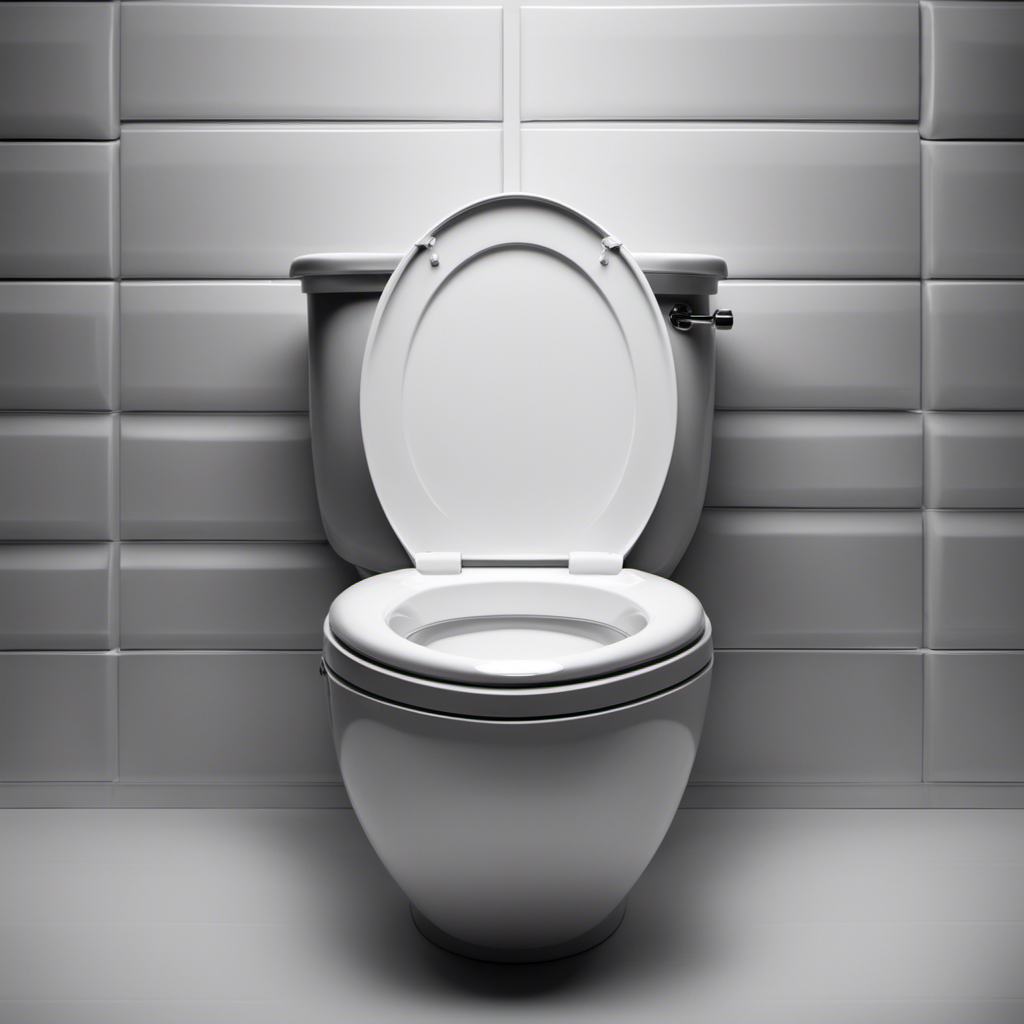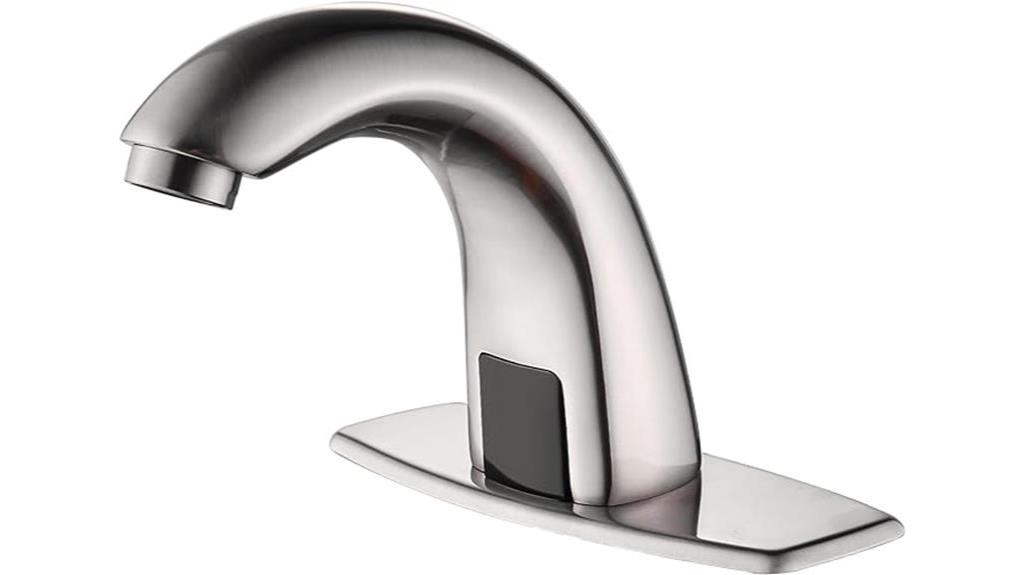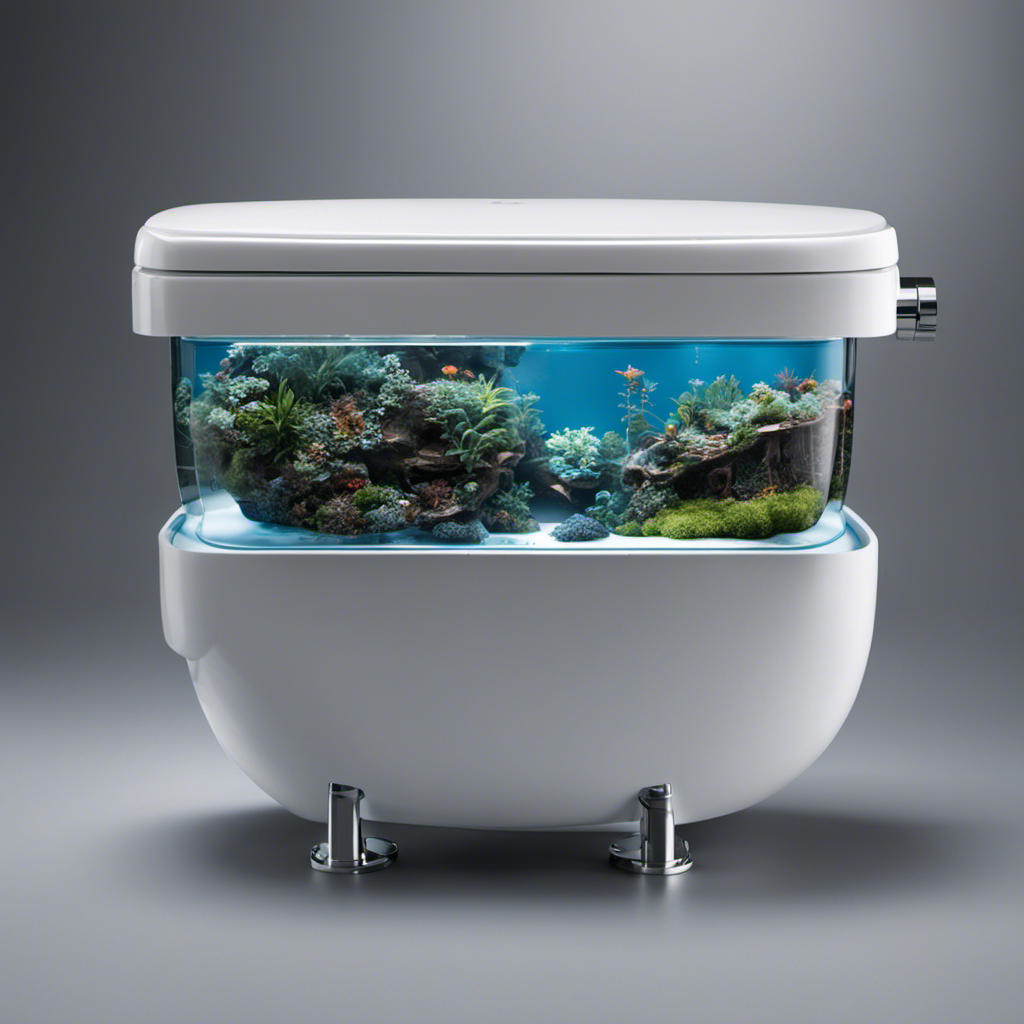I’ve always wondered about the reality of contracting an STD from a toilet seat. It seems like a common fear, but is it actually possible?
In this article, we’ll dive into the misconceptions surrounding STD transmission and toilet seats. Through evidence-based research, we’ll explore the real risk of contracting an STD from a toilet seat and discuss hygiene practices that can minimize transmission.
Get ready to debunk myths and uncover the truth about this intriguing topic.
Key Takeaways
- STDs are primarily transmitted through sexual contact, not contact with toilet seats.
- The chances of contracting an STD from a toilet seat are extremely low.
- Public restroom etiquette, such as using toilet seat covers or wiping the seat, can provide added protection.
- The best way to prevent and detect STDs is through safe sex practices and regular testing.
Common Misconceptions About Stds and Toilet Seats
There’s a lot of misinformation about STDs and toilet seats. Many people believe that you can contract sexually transmitted diseases simply by sitting on a contaminated toilet seat in a public restroom. However, this is not true.
STDs are primarily transmitted through sexual contact, such as vaginal, anal, or oral sex. While it is possible for certain bacteria or viruses to survive on surfaces, including toilet seats, the chances of contracting an STD in this way are extremely low.
Public restroom etiquette, such as using toilet seat covers or wiping the seat before use, can provide an added layer of protection. However, it’s important to note that the best way to prevent and detect STDs is through practicing safe sex and regular testing.
Understanding the transmission of STDs is crucial in dispelling myths and promoting accurate information.
Understanding the Transmission of STDs
Understanding how sexually transmitted diseases are transmitted is important, as it helps you make informed decisions about your sexual health. Here are the key routes through which STDs can be transmitted:
-
Sexual intercourse: This is the most common route for STD transmission, whether it’s vaginal, anal, or oral sex.
-
Contaminated needles: Sharing needles, such as those used for drug injection or body piercing, can transmit bloodborne STDs like HIV or hepatitis.
-
Mother-to-child transmission: Certain STDs can be passed from a pregnant woman to her baby during childbirth or breastfeeding.
-
Skin-to-skin contact: Some STDs, like herpes and genital warts, can be transmitted through direct skin-to-skin contact with infected areas.
To reduce the risk of STD transmission, it is essential to practice safe sexual practices such as using condoms consistently and correctly, getting tested regularly, and limiting sexual partners. By understanding these transmission routes and practicing safe sexual behaviors, you can protect yourself and your sexual partners.
Now, let’s explore the real risk of contracting STDs from toilet seats.
The Real Risk of Contracting Stds From Toilet Seats
It’s important to note that the risk of contracting STDs from toilet seats is incredibly low. While it may be a concern for some, the truth is that STDs are primarily transmitted through sexual contact, not through contact with inanimate objects like toilet seats.
Public restroom etiquette and personal hygiene play a crucial role in preventing STD transmission. Maintaining good hygiene practices, such as washing your hands thoroughly after using the restroom and avoiding direct contact with surfaces, can further reduce any potential risk.
Additionally, using protective barriers like toilet seat covers or wiping the seat with a disinfectant wipe can provide an extra layer of protection. It’s important to remember that the focus should be on practicing safe sexual behavior and regular STD testing.
Now let’s explore some hygiene practices to minimize STD transmission.
Hygiene Practices to Minimize STD Transmission
Maintaining good hygiene, such as regularly washing your hands and using protective barriers, can help minimize the transmission of STDs. Here are some hygiene practices to follow:
-
Proper handwashing: Use soap and water, and scrub your hands for at least 20 seconds. This helps remove any potential pathogens from your hands.
-
Using sanitizing wipes: If you come into contact with surfaces that may be contaminated, such as public toilets or shared objects, use sanitizing wipes to clean them before touching or using them.
-
Avoiding sharing personal items: Sharing items like towels, razors, or sex toys can increase the risk of STD transmission. It’s important to keep these items for personal use only.
-
Using protective barriers: Condoms and dental dams can provide a barrier between you and your partner, reducing the risk of STD transmission during sexual activities.
Debunking Myths: Can You Really Get an STD From a Toilet Seat?
Debunking the myth that STDs can be contracted from toilet seats, you’ll be relieved to know that the risk of transmission in this way is extremely low.
The idea of catching an STD from a toilet seat is a common misconception, but it’s simply not true. In fact, there has never been a documented case of someone getting an STD from sitting on a toilet seat.
STDs are primarily transmitted through sexual contact, such as vaginal, anal, or oral sex. These infections require direct contact with infected bodily fluids, such as semen, vaginal fluids, or blood.
So, while it’s important to practice good hygiene, like wiping down public toilet seats, the risk of getting an STD from a toilet seat is virtually nonexistent.
It’s always wise to fact check claims and debunk rumors to ensure accurate information.
Frequently Asked Questions
Can You Get an STD From Using a Public Restroom Without Sitting on the Toilet Seat?
Yes, you can contract an STD from a public restroom without sitting on the toilet seat. Airborne particles and contact with contaminated toilet paper can transmit STDs. It’s important to practice good hygiene and use protective measures.
Is It Possible to Contract an STD by Touching Surfaces in a Public Restroom?
I’ve heard people wonder if STDs can be contracted from touching surfaces in public restrooms. While there have been no documented cases of STD transmission from toilet seats, it’s important to practice good hygiene and use protective measures to prevent any potential risks.
What Are Some Common Misconceptions About STD Transmission From Toilet Seats?
Common misconceptions about STD transmission from toilet seats include the belief that it’s a common mode of transmission. However, the truth is that STDs are primarily transmitted through sexual contact and not through contact with toilet seats.
How Long Can Stds Survive on a Toilet Seat?
STDs can survive on a toilet seat for a short time, but the risk of transmission is extremely low. It’s important to remember that STDs are primarily spread through sexual contact, not through toilet seats or toilet paper.
Are There Any Specific Hygiene Practices That Can Completely Eliminate the Risk of Contracting an STD From a Toilet Seat?
There are specific hygiene practices that can completely eliminate the risk of contracting an STD from a toilet seat. Following proper handwashing techniques and avoiding direct contact with bodily fluids are important steps in reducing the risk.
Conclusion
In conclusion, there is no need to fear contracting STDs from toilet seats. The chances of transmission are extremely low, with no documented cases of it ever happening. According to a study conducted by the British Medical Journal, out of 5,000 toilet seats tested, not a single one had any trace of an STD.
This statistic clearly illustrates the minimal risk involved. So, rest assured, practicing good hygiene and using common sense will greatly reduce the chances of contracting an STD from a toilet seat.










